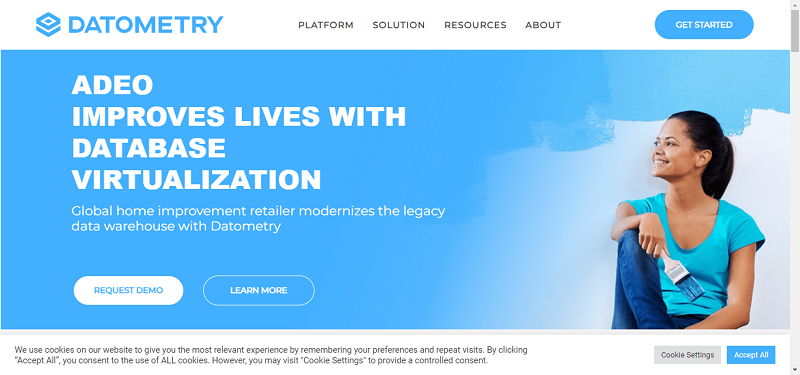Considering the cost and time-to-market advantages of SaaS applications in particular, it’s no surprise that companies are looking to the cloud to meet their business objectives. But what happens when a ‘cloud first’ company must also put security and compliance first?
In a recent Bitglass survey report from a cloud access security broker (CASB), CIOs and other IT leaders shared their views on cloud computing and information security. More than half (55%) say their organization has adopted a “public cloud first” strategy in 2016. That is, when they are considering the use of new applications for managing their data, they will first see what’s available in the public cloud.

While interest in SaaS applications is high, organizations looking at this option still have some security concerns. Respondents to the survey listed the following as their biggest cloud security challenges for 2016:
Many companies fear they will lose end-to-end control over their data records and informational documents once they go into a cloud application. IT leaders need to ask their SaaS (or CASB) providers some serious questions about what security measures can and will be applied as information goes into and out of the cloud application, as well as when it sits at rest in storage.
CIOs are disinclined to use cloud applications that offer minimal security. This is the very reason why the CASB market was born and has grown so quickly. CASB vendors provide organizations with a gateway application through which data flows on its way to/from SaaS applications in order to apply security mechanisms such as encryption or data loss prevention (DLP).
Many SaaS applications have been built around rich features and functionality—but not on the premise of securing information throughout its lifecycle. Thus there are legitimate concerns about information being inappropriately downloaded to personal or mobile devices, put on an inherently insecure file share, attached to an email going outside the company, or accessed by an administrator for the cloud service provider. If there is even a hint of a possibility that one of these things may happen, the cloud solution may be ruled out by the CIO or CISO of an organization for lack of proper controls.
Many organizations are looking for a secure means to enable work collaboration and the sharing of highly sensitive documents both internally and externally with select business partners. There is no margin for error concerning the protection of their documents, but fears can be diminished by adopting the following:
To the IT leaders who want to be “cloud first” but still have security concerns about public cloud applications, and who worry about controlling downloads and external sharing, I recommend evaluating your SaaS provider’s controls. Get in touch with a secure collaboration and file-sharing provider. They’ll help you implement your “cloud first” strategy for business collaboration in a safe and secure manner.
By Daren Glenister





